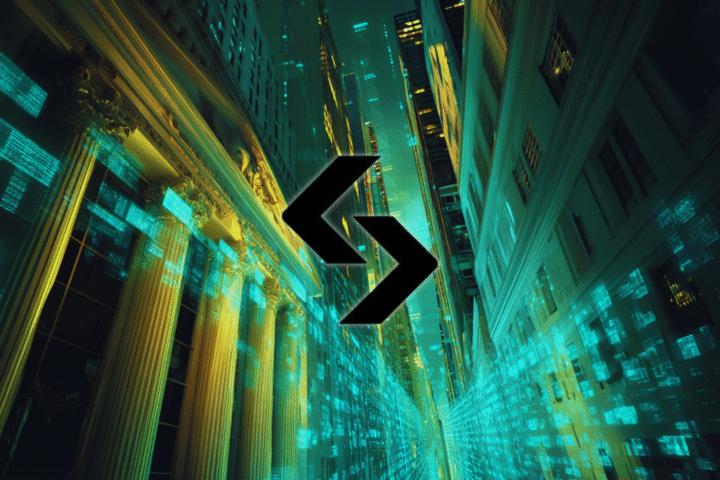If there’s a secret formula for success in the crypto world, token burning might just be it. By removing tokens from circulation to increase scarcity and drive up prices, this strategy has ignited fervent support among communities.
Yet, beneath the surface of this seemingly straightforward tactic lies a complex interplay of economic, psychological, and regulatory factors. To delve deeper, we sat down with Shibtoshi, the enigmatic founder of SquidGrow, to discuss the broader implications of token burning.

The Economic Crucible
Token burning, a strategy that has ignited fervent debate and astronomical valuations in the cryptocurrency world, is more than just a digital alchemy. It’s an economic experiment with far-reaching implications. Shibtoshi, the visionary behind SquidGrow, offered a sobering perspective.
The Shib: Beyond price fluctuations, what are the broader economic implications of token burning, such as its impact on GDP, employment, and income distribution?
Shibtoshi: “Token burning can stimulate investment in blockchain technologies, potentially boosting GDP. However, it may also contribute to market volatility, which could harm economic stability.”
On employment, he said, “Positive impacts on job creation in tech and related sectors if investment increases. Negative impacts of market instability lead to job losses.” Meanwhile, regarding income distribution they said token burning can “potentially increases wealth for early adopters, widening income inequality. Equitable token distribution strategies can mitigate this effect.”
Inflationary Dynamics and Token Burning
The intricate relationship between token burning and broader economic indicators presents a complex puzzle.
The Shib: How does token burning interact with other economic variables, such as money supply, velocity of money, and consumer spending?
Shibtoshi: “Token burning reduces supply, creating deflationary pressure and potentially increasing token value.
There is a “Reduced velocity if holders expect price increases due to burning; increased velocity if burning boosts market confidence.”
On consumer spending: “Higher token values from burning can boost consumer confidence and spending, though excessive volatility might deter investment and spending.”
Navigating the Regulatory Maze
The burgeoning world of cryptocurrencies, characterized by rapid innovation, has outpaced regulatory frameworks.
Related: Bitget Doesn’t Sleep: The New $500M Shift to On-Chain Stocks
The Shib: What are the primary regulatory challenges in overseeing token burning activities, and how can these challenges be addressed?
Shibtoshi on Transparency and Accountability: “Ensuring token burns are transparent and auditable to prevent fraud.”
On Market Stability: “Balancing benefits of token burning with the potential for market manipulation and volatility.”
On Tax Implications: “Clarifying tax treatment and reporting requirements for burned tokens.”
A Global Regulatory Framework
The borderless nature of cryptocurrencies necessitates a coordinated global response.
The Shib: Given the global nature of cryptocurrencies, what level of international cooperation is necessary to effectively regulate token burning?
Shibtoshi on Standardization of Regulations: “Developing common standards to prevent regulatory arbitrage.”
On Information Sharing: “Facilitating international information sharing to monitor cross-border activities.”
On Joint Enforcement: “Coordinated actions to deter global fraudulent and manipulative practices.”
Market Impact
The Shib: What safeguards can be implemented to prevent market manipulation through token burning? How can regulators and exchanges work together to ensure fair market practices?
Related: Jump Trading Faces $4B Lawsuit For Rigging the Terra Collapse
Shibtoshi on Safeguards: “Mandating detailed disclosure of token burns, robust monitoring and surveillance systems, and collaboration between exchanges and regulators to ensure transparency and fairness.”
Tokenomics and Utility
The Shib: How does the specific tokenomics model (e.g., deflationary, inflationary, or hybrid) influence the effectiveness of token burning? Are there optimal token designs for maximizing the benefits of burning?
Shibtoshi: Deflationary Models are the “Most effective for token burning, encouraging long-term holding and value appreciation.”
“Inflationary Models: Token burning helps mitigate supply but with less impact on value.”
“Hybrid Models: Strategically balance supply and demand, optimizing economic utility and stability.”
Investor Behavior
The Shib: How does token burning affect investor behavior and decision-making? Does it encourage or discourage long-term holding?
Shibtoshi: “Long-term Holding: Token burning generally encourages long-term holding due to expectations of future value appreciation. However, if perceived as manipulative or if it causes excessive volatility, it may foster speculative trading rather than long-term investment.”
For further insights from Shibtoshi and other industry experts, be sure to check out The Shib’s Alpha Insights.
About the Speaker:
Shibtoshi is the CEO and founder of the SquidGrow ecosystem. He is an early adopter and passionate advocate of cryptocurrency, with a deep understanding of the blockchain space. Shibtoshi’s experience in building decentralized applications and his commitment to user empowerment make him a leading voice in the Web3 movement.

![[HODL]Shiba Inu's Burning Question: An Exclusive Interview with Shibtoshi](https://news.shib.io/wp-content/uploads/2024/08/The-Shib-Daily-Images-50.png)










